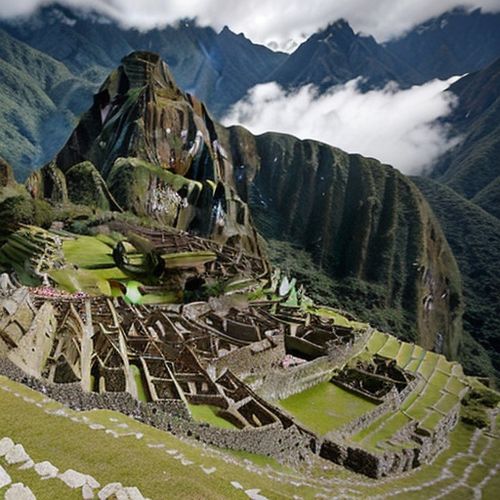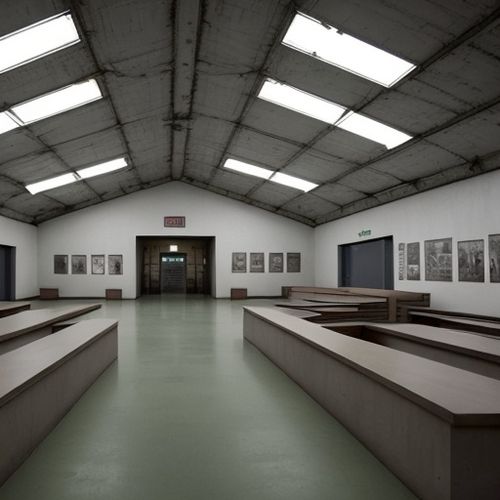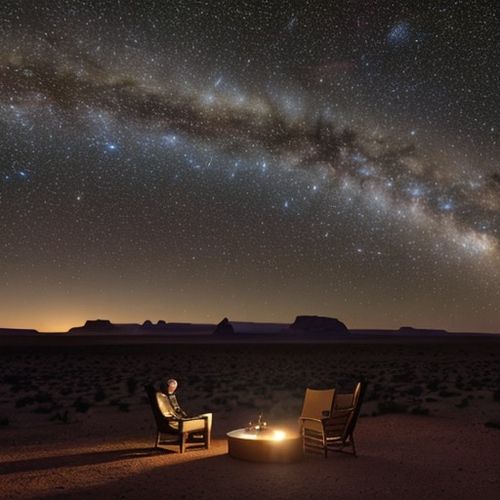Under the vast African sky, where the Milky Way stretches from horizon to horizon like a celestial river of light, Namibia has quietly become the world's premier destination for astronomers and star gazers alike. The NamibRand Nature Reserve, designated as Africa's first International Dark Sky Reserve in 2012, offers some of the darkest and most pristine night skies on the planet. This remote wilderness provides conditions so perfect for stargazing that even professional astronomers consider it better than most observatory sites around the world.
The concept of a "dark sky reserve" might sound unusual to many, but in our increasingly light-polluted world, these protected areas have become vital sanctuaries where the natural night sky can still be experienced in all its glory. Namibia's reserve covers over 2,000 square kilometers of rugged desert landscapes, where the nearest city lights are hundreds of kilometers away. The combination of high altitude, low humidity, and virtually no light pollution creates viewing conditions that are simply unmatched anywhere else on Earth.
What makes Namibia's dark skies so special isn't just the absence of artificial light, but the incredible atmospheric conditions that prevail here. The cold Benguela Current flowing along Namibia's coast creates a unique microclimate where clouds are rare, and the air is exceptionally dry and clear. On most nights, the seeing conditions are so good that stars don't twinkle - they burn steadily like perfect pinpricks in the velvety black dome above. Visitors often report being able to see their own shadows cast by the light of the Milky Way alone.
The NamibRand Nature Reserve didn't become a world-class stargazing destination by accident. The reserve's management has worked tirelessly with local communities and lodges to implement strict lighting controls. All outdoor lighting must be shielded and directed downward, using only specific wavelengths that don't interfere with astronomical observations. Even vehicle headlights are kept to a minimum after dark. This commitment to preserving the night environment has made the reserve a model for dark sky conservation worldwide.
For amateur astronomers, the experience of observing from NamibRand is nothing short of transformative. The sheer number of visible stars overwhelms the senses - where urban dwellers might see a few dozen stars on a good night, here the sky appears three-dimensional, with thousands of stars visible to the naked eye at any given moment. The Milky Way's core is so bright it casts shadows, and nearby galaxies like the Large and Small Magellanic Clouds become clearly visible as smudges of light separate from our own galaxy.
Professional researchers have taken notice of Namibia's exceptional conditions. Several international astronomy projects have established temporary observation stations in the reserve, taking advantage of the pristine skies to conduct research that would be impossible in light-polluted areas. The reserve has hosted studies ranging from near-Earth asteroid tracking to deep sky surveys of distant galaxies. Even NASA has expressed interest in using the site for certain observational campaigns.
The stargazing experience in Namibia extends beyond just visual observation. Many lodges in the area offer specialized astronomy tours with high-powered telescopes and knowledgeable guides who can explain the cultural significance of the stars to local indigenous groups. The San people (Bushmen) have rich astronomical traditions that connect the stars to their mythology and survival strategies in the harsh desert environment. These cultural astronomy programs add depth to the experience that pure science alone cannot provide.
Astro-tourism has become an important part of Namibia's conservation economy. By creating economic value from the preservation of dark skies, the reserve has found a sustainable way to protect both its wildlife and its night environment. Visitors who come for the stars often become passionate advocates for dark sky preservation when they return home, spreading awareness about the growing problem of light pollution worldwide. The NamibRand model demonstrates that environmental protection and economic development can work hand in hand.
The future of dark sky preservation faces numerous challenges, even in remote locations like Namibia. Satellite mega-constellations like SpaceX's Starlink are already leaving bright trails across the night sky, and the proliferation of blue-rich LED lighting worldwide is making light pollution worse in many areas. However, Namibia's success shows that with proper management and community engagement, it's possible to protect these invaluable natural resources for future generations.
For anyone who has never experienced a truly dark night sky, a visit to Namibia's Dark Sky Reserve can be a revelation. In our modern world where most people have never seen the Milky Way, this remote corner of Africa offers a rare opportunity to reconnect with the cosmos in ways our ancestors would have taken for granted. As one visiting astronomer put it, "Observing here isn't just about seeing stars - it's about remembering our place in the universe."
The NamibRand Nature Reserve stands as proof that some of nature's most spectacular wonders aren't found on the ground, but above us in the night sky. In protecting this fragile resource, Namibia has given the world a priceless gift - the chance to experience the heavens as humanity first knew them, in all their awe-inspiring glory. For serious stargazers and casual observers alike, there is simply no better place on Earth to look up and wonder.

By Lily Simpson/Apr 7, 2025

By Samuel Cooper/Apr 7, 2025

By Rebecca Stewart/Apr 7, 2025

By Sarah Davis/Apr 7, 2025

By Rebecca Stewart/Apr 7, 2025

By Amanda Phillips/Apr 7, 2025

By Natalie Campbell/Apr 7, 2025

By Jessica Lee/Apr 7, 2025

By Thomas Roberts/Apr 7, 2025

By Daniel Scott/Apr 7, 2025

By Emily Johnson/Apr 7, 2025

By Victoria Gonzalez/Apr 7, 2025

By George Bailey/Apr 7, 2025

By Rebecca Stewart/Apr 7, 2025

By Elizabeth Taylor/Apr 7, 2025

By Thomas Roberts/Apr 7, 2025

By Lily Simpson/Apr 7, 2025